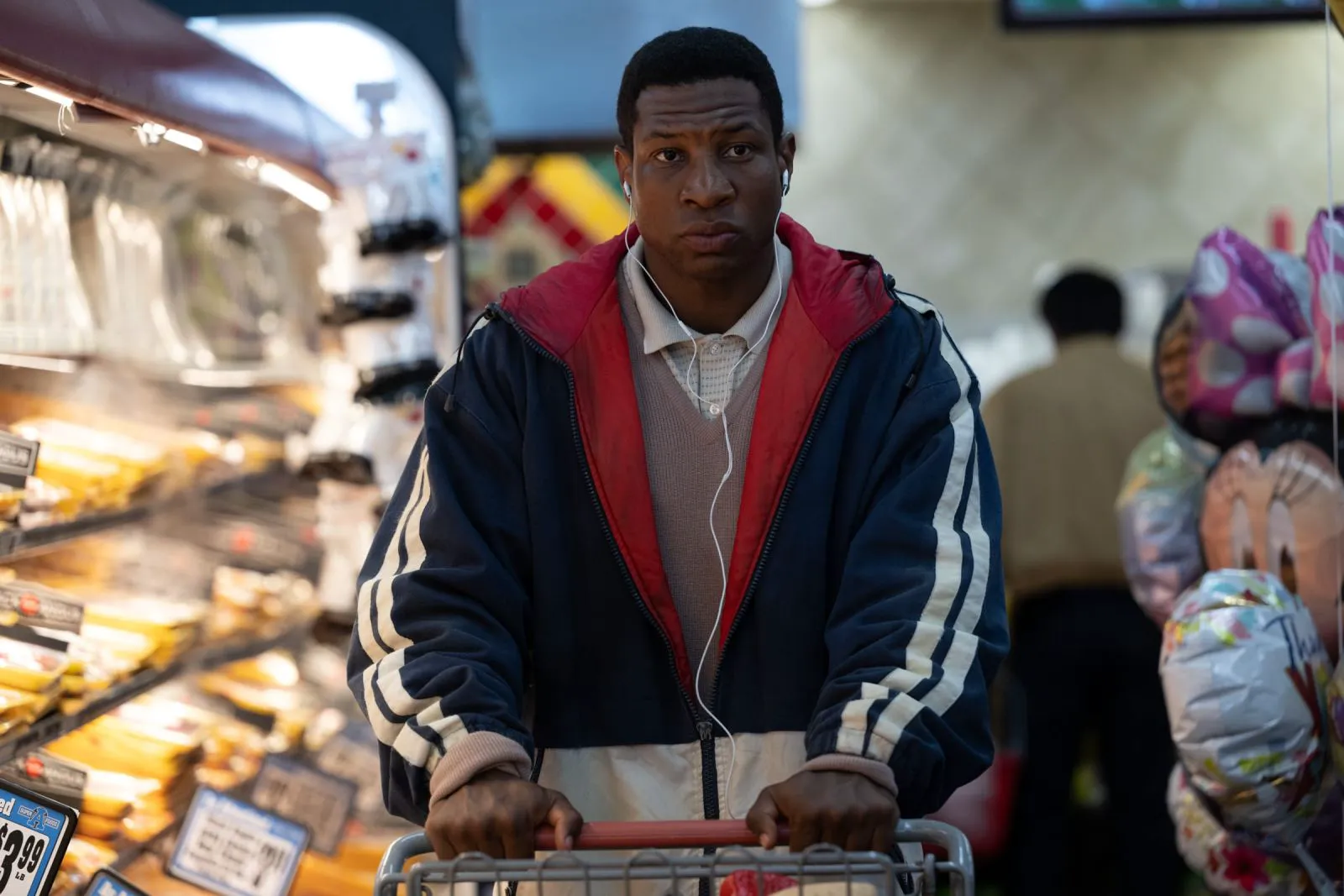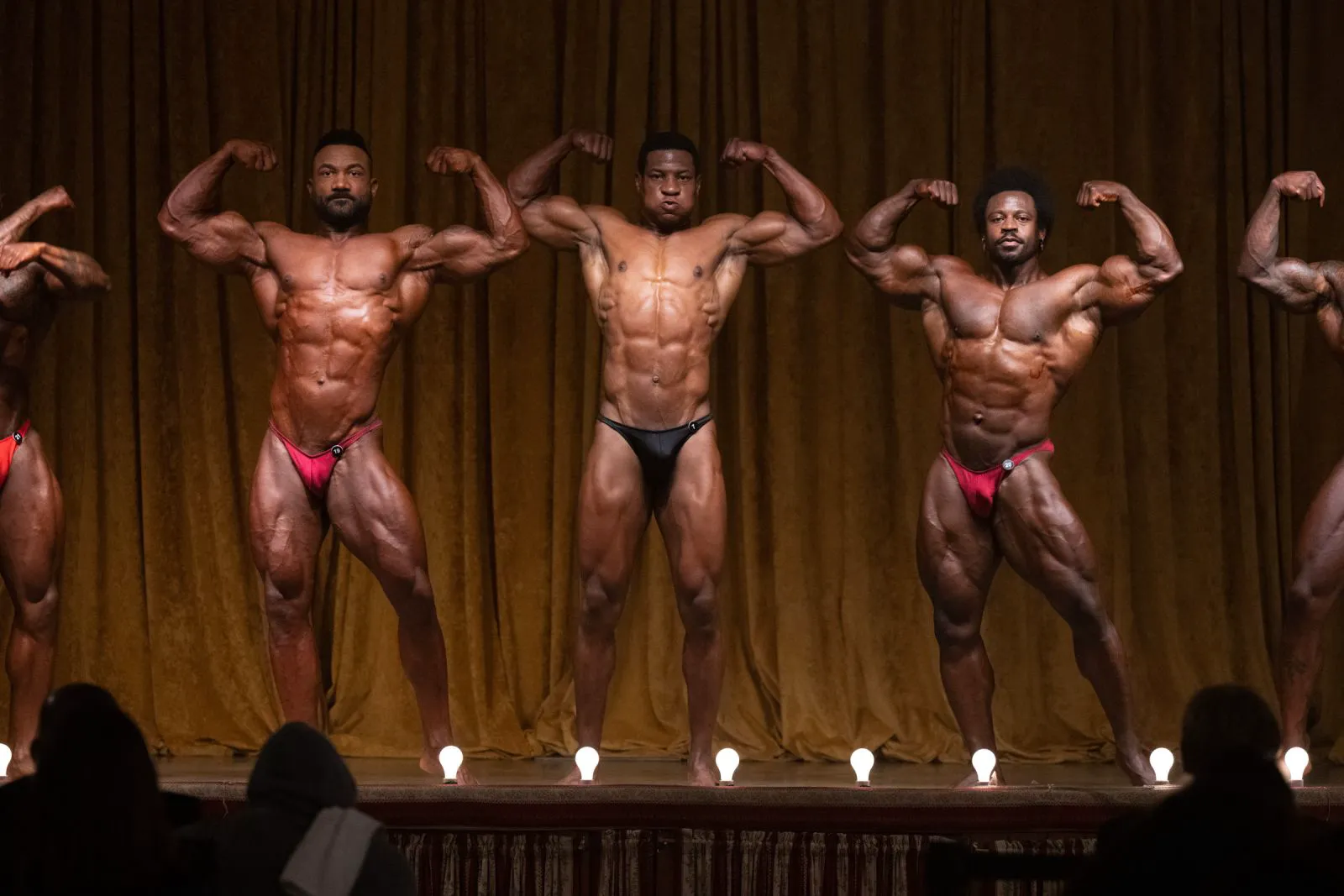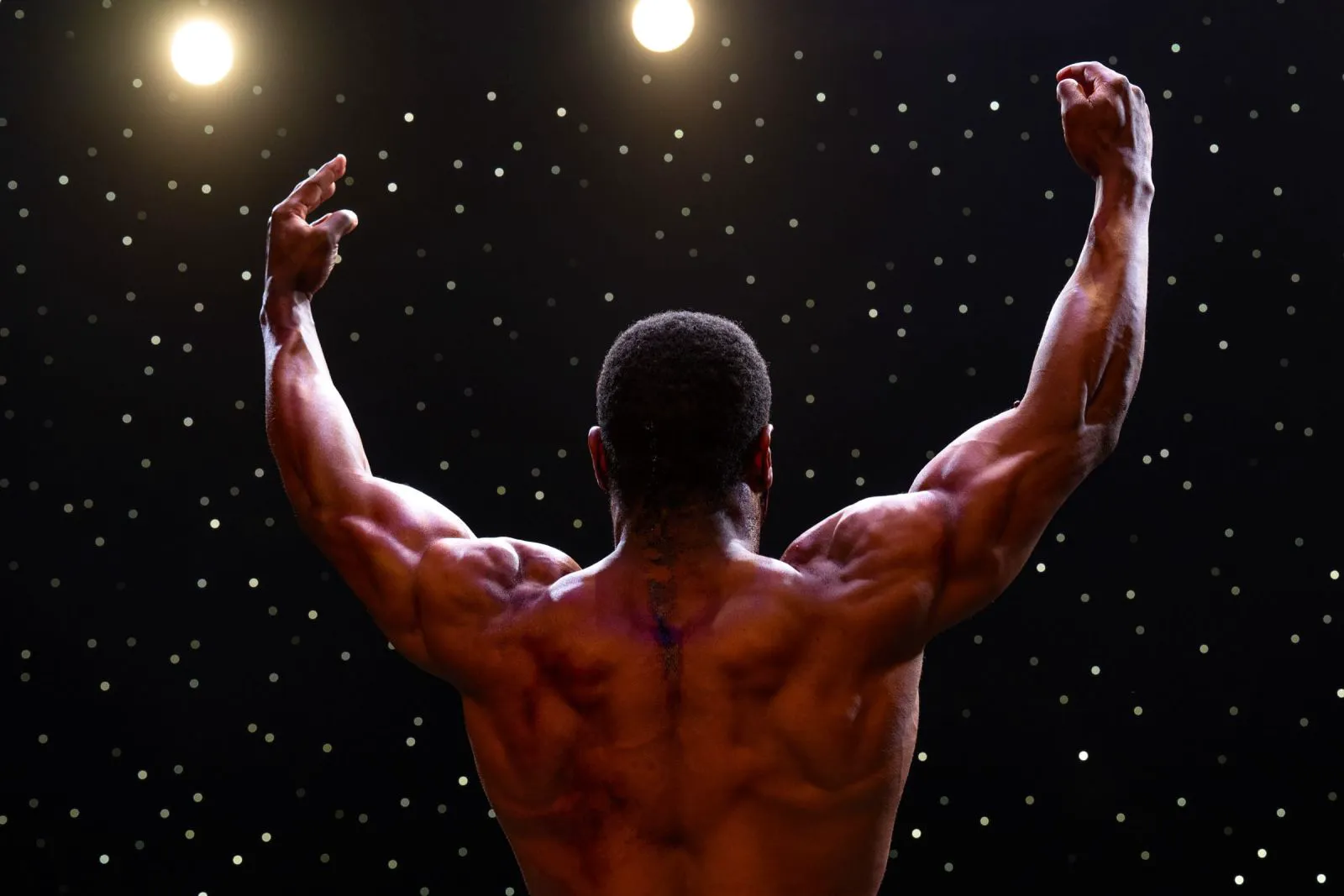“Magazine Dreams”: An Exploration of Obsession and Inner Turmoil
At first glance, “Magazine Dreams” might appear to be a typical sports drama about overcoming obstacles and striving for victory. However, beneath the surface of a bodybuilder obsessed with physical perfection lies a deeper exploration of how the pursuit of success and a flawless image can mask loneliness, anger, and an internal void. Elijah Bynum, previously known for directing the crime melodrama “Hot Summer Nights” and writing for the detective series “One Dollar,” might not be the first name that comes to mind when thinking of filmmakers drawn to dark social dramas. Yet, in “Magazine Dreams,” he unexpectedly shifts his focus from romanticized youth to a painful coming-of-age story.
A Man Obsessed
Killian Maddox (Jonathan Majors) is a supermarket employee living with his Vietnam veteran grandfather, battling bouts of aggression and social isolation. He struggles to strike up conversations with women he likes and control his emotions, so Maddox releases his pent-up energy at the gym. Killian dreams of becoming a professional bodybuilder: his room is plastered with posters of muscular athletes, his breakfast consists of ten boiled eggs, and he resorts to steroids before competitions. No one shares Killian’s obsession except for his idol, Brad Vanderhorn (Michael O’Hearn), to whom Maddox writes letters – though he never receives a response.

Jonathan Majors as Killian Maddox in a still from “Magazine Dreams”
From Coming-of-Age to a Darker Path
A director known for a teenage coming-of-age story with Timothée Chalamet might seem an unlikely choice to create a sports drama with thriller elements. However, “Magazine Dreams” echoes Bynum’s previous feature film in many ways: the same nocturnal scenes with sparse headlights and a protagonist grappling with the world’s injustices. Having moved on from stories of identity formation, Bynum focuses on a mature man setting his sights on gracing magazine covers – the very ones Killian has plastered on his walls. Maddox isn’t a championship hero but rather an overgrown child craving attention.

Jonathan Majors as Killian Maddox in a still from “Magazine Dreams”
Echoes of Obsession
It’s easy to spot the inspiration from several films about obsessive protagonists in “Magazine Dreams.” Damien Chazelle’s “Whiplash” immediately comes to mind, where Miles Teller’s character is also willing to cross boundaries to achieve perfection. The dark, slightly psychedelic atmosphere evokes Darren Aronofsky’s “Black Swan,” a drama about the alter ego living within each of us. From Todd Phillips’ “Joker,” there’s the awkwardness in scenes where the protagonist tries to socialize, but everything goes awry. Most interestingly, there’s a trace of Martin Scorsese’s “Taxi Driver” – not only because Majors’ character, like De Niro’s, rehearses phrases in front of the mirror, but also because he believes himself superior to others (at least physically). However, this isn’t just a collection of references to great films about madness and ambition – “Magazine Dreams” assembles these references into its own eerie symphony. Despite the grotesque nature of the character, Killian evokes a disturbing sense of empathy – much of his isolation and pain feels familiar.

Jonathan Majors as Killian Maddox in a still from “Magazine Dreams”
A Troubled Reflection
Majors could have been awarded for best actor, but the actor turned out to be too similar to his character: Jonathan confessed to violence against his ex-girlfriend, whom he hit against a car in a fit of aggression, dragged into the house, and began to strangle. Because of this, Majors lost several major projects at once, and “Magazine Dreams” acquired a new subtext: watching Majors-Maddox, threatening to split skulls and drink brains like soup, is at least creepy. The film may not have been conceived as a prophecy, but it unwittingly became one - now scenes where the hero explodes with rage or begs the world to notice him are perceived as an exposure. An ethical conflict arises - the charisma of the abuser continues to work on the screen, but “Magazine Dreams” plays along with a dangerous narrative, as if mental disorders always lead to violence. In a world where diagnoses are often still perceived as a stigma, such images stigmatize disorders.
At the heart of “Magazine Dreams” lies a frightening portrait of toxic masculinity as a form of self-destruction. Killian builds his fragile “self” on a cult of strength: he punishes his body with food, steroids, and grueling workouts, as if muscles will ensure respect. Maddox’s aggression isn’t just a symptom of mental disorder but a sign of the notorious masculinity, where feelings are weakness, and admitting pain is defeat. This is Maddox’s main tragedy: he wants to be seen and loved, but he only knows how to threaten and subdue.
A Claustrophobic Vision
“Magazine Dreams” is filmed in an expressive neo-noir style: dark, contrasting scenes, muted light, and close-ups of Killian’s exhausted body create a claustrophobic sensation. Cinematographer Adam Arkapaw, known for the first season of “True Detective,” transforms every workout, walk, or fit of rage into a hallucinatory experience. However, the aesthetic density quickly becomes tiring: due to repetitive motifs, drawn-out scenes, and recognizable dramaturgy, the film seems to get stuck in its own darkness. The film looks and feels like an endless breakdown – precise, but monotonous. Closer to the finale, it becomes clear that behind the facade of technical skill and heavy mood, there’s a lack of dramatic development, and the metaphorical “muscle overload” turns out to be a diagnosis not only for the hero but also for the film itself. “Magazine Dreams” fixates on suffering, not knowing how to move on. As a result, the film leaves a feeling of exhaustion – both for the protagonist and the viewer.